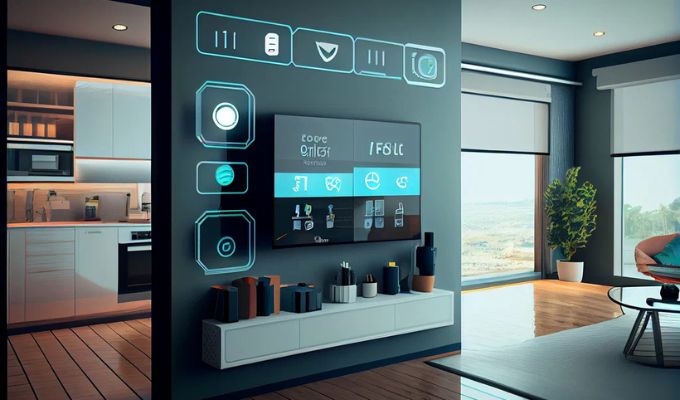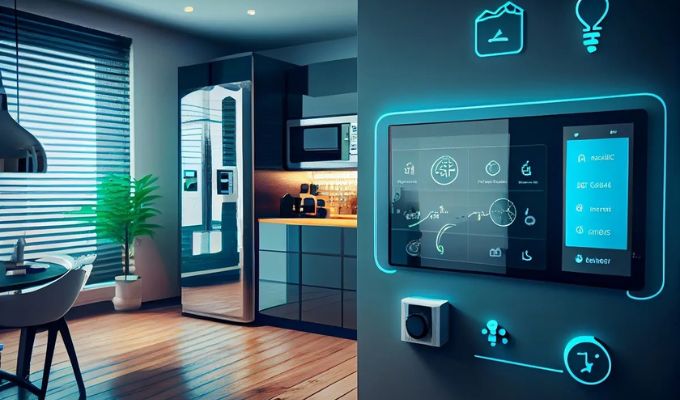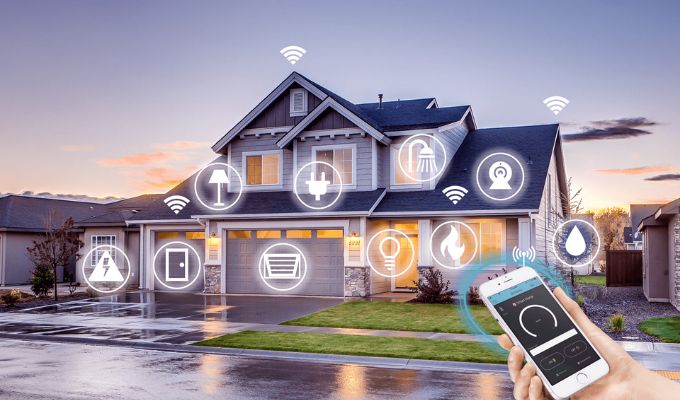With energy prices climbing and environmental awareness growing, more homeowners are seeking smarter ways to manage their electricity use. One of the most effective solutions is smart homes automation. These systems not only provide added convenience and improved security but also help reduce energy waste, making homes more eco-friendly and cost-effective.
This article explores how smart automation plays a vital role in conserving energy and promoting sustainable living.

-
Understanding Smart Automation
Smart homes automation refers to the integration of devices and systems that automate the control of lighting, temperature, appliances, and security features. These devices are often connected to a central hub and can be operated remotely through mobile apps. Many systems utilize artificial intelligence, sensors, and machine learning to adapt to a household’s daily routines and environmental conditions.
By making these adjustments automatically or via remote control, smart homes can operate more efficiently—minimizing unnecessary energy use.
-
Smart Thermostats: Optimizing Climate Control
Heating and cooling systems are some of the biggest energy consumers in a home. Smart thermostats offer a more efficient way to manage them.
Key Energy-Saving Features:
- Learning Capabilities: They adapt to your schedule & temperature preferences over time.
- Mobile Access: You can modify settings even when you’re away from home.
- Scheduling: Pre-set temperatures for different times of the day or week.
- Usage Reports: Get understandings into your energy consumption and tips to improve.
By fine-tuning heating and cooling operations, smart thermostats can cut energy usage by up to 15%, resulting in noticeable savings on utility bills.
-
Smart Lighting for Lower Consumption
Lighting makes up a considerable portion of a household’s energy use, particularly in larger homes. Smart lighting systems help manage this more effectively.
Energy-Saving Features:
- Motion Detection: Lights automatically turn on or off based on room occupancy.
- Sunlight Integration: Adjust lighting when natural light is sufficient.
- Dimmers: Control brightness levels to use only as much light as needed.
- Remote Operation: Turn off forgotten lights from your phone while away.
These features ensure lights aren’t wasting electricity in unoccupied spaces, helping households cut unnecessary usage.
-
Energy-Efficient Smart Appliances
Today’s smart appliances are designed with energy conservation in mind. From kitchen gadgets to laundry machines, these devices contribute to smarter energy management.
Examples Include:
- Load-Sensing Washers: Adjust water and electricity use based on load size.
- Energy Dashboards: Track consumption for each appliance in real time.
- Automatic Shutdown: Devices turn off when idle for extended periods.
Smart automation allows these appliances to run during low-demand hours or only when needed—lowering your overall power consumption.
-
Smart Plugs and Power Strips: Fighting Phantom Power
Many devices last to draw electricity even when they’re switched off. This is known as phantom or standby power, and it contributes to higher energy bills.
Smart Plug Features:
- Timers: Automatically cut power after a specific duration.
- Remote Controls: Turn off multiple gadgets from your phone or voice assistant.
- Consumption Monitoring: Find out which devices are energy hogs and address them.
Integrating smart plugs into your system offers granular control over power usage and helps eliminate wasteful standby energy.
-
Real-Time Monitoring and Insights
Perhaps one of the most powerful aspects of smart automation is the ability to monitor energy use in real time. You can view detailed reports, analyze patterns, and make data-driven decisions.
Benefits Include:
- Spotting Problem Areas: Identify high-consumption devices and rooms.
- Adapting Habits: Adjust daily routines to save energy.
- Predictive Learning: Over time, AI can anticipate your needs and optimize energy use accordingly.
Being aware of where and how energy is used empowers homeowners to make smarter, more sustainable choices.
-
Voice-Controlled Efficiency
Voice assistants like Alexa, Google Assistant, and Siri can help manage your home’s energy consumption simply through verbal commands.
Benefits:
- Instantly turn off lights, adjust thermostats, or power down appliances without touching a switch.
- Set routines to optimize energy use at specific times.
- Reduce waste from forgetfulness or manual errors.

In Conclusion
Investing in smart automation is a forward-thinking way to enhance your living space, save on energy costs, and support environmental sustainability. Through smart thermostats, lighting systems, energy-efficient appliances, and real-time analytics, households can significantly reduce their energy footprint and increase comfort.
For advanced smart automation solutions that prioritize energy efficiency and modern innovation, trust Prolux International LLC—empowering your home with intelligent energy-saving technology.






